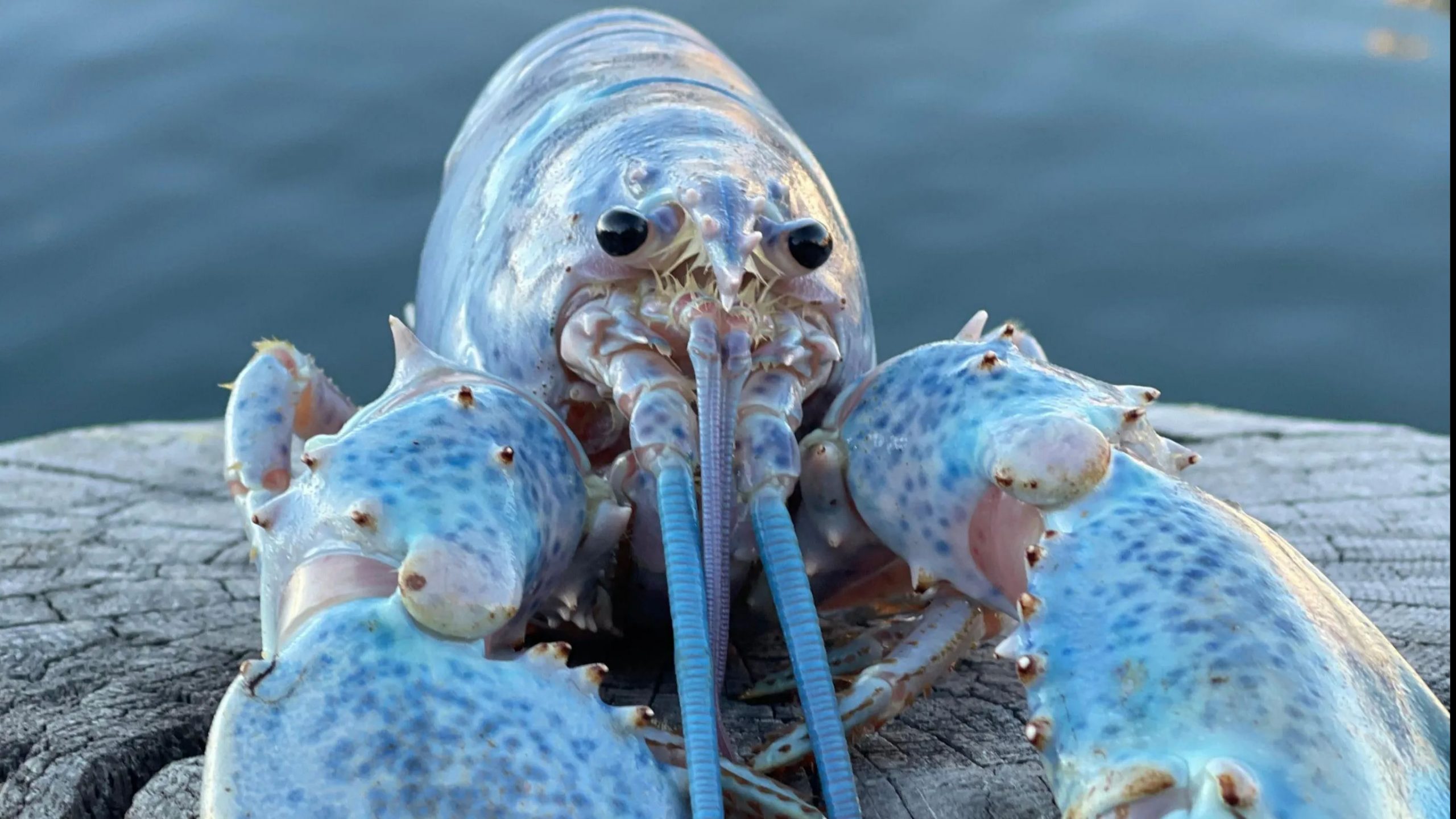Last week, a very rare “cotton candy” lobster was found in Casco Bay, Maine. It is called cotton candy lobster because of its rare blue and pink color.
Lobsterman Bill Coppersmith has been lobstering for over four decades. He was on his boat with his crew when he found the rare lobster in one of his lobster traps. Coppersmith has been working with Get Maine Lobster for two years.
Coppersmith has named it “Haddie” after his granddaughter.
Also Read | The inspiring story of Ashish Joshi, a 24-year-old who fosters over 250 dogs
According to National Geographic, only 1 in 100 million lobsters are cotton candy-colored.
The company Get Maine Lobster in Portland delivers wild-caught lobster to customers’ doorstep. They said that they are not going to sell “Haddie” instead they want to preserve it. They are in talks with area organizations and aquariums that might want to adopt haddie.
Bill has previously caught two other unique colored lobsters in his career: an orange one, a white one, and now, the cotton candy lobster.
Also Read | Donald Trump officials relied on faulty science to strip owl habitats: Officials
“Any lobster that stands out from that such as Haddie’s cotton candy hues, does put them at risk with predators. They have a lower chance of survival in the wild,” said Faith Yi, vice president of the Get Maine Lobster.
Yi said Haddie is currently in a tank in Portland, but there is an open call for interested aquariums to rehome her so she can live safely.
“There’s an amazing color of the shell. If you rotate her in the light it’s like a gem,” said Mark Murrell, founder, CEO, and Chief Curator of Get Maine Lobster. Haddie is a female lobster and probably around 7 years old.
Also Read | Researchers discover the ‘world’s most battered’ great white shark | Watch
Coppersmith said his granddaughter was “really excited to have a rare lobster named after her.” He added that he may bring it by Haddie’s school for her class to see.
According to National Geographic, Cotton Candy lobsters get their unique color from genetic mutations. A lobster’s unusual diet may also create the unique hues.







